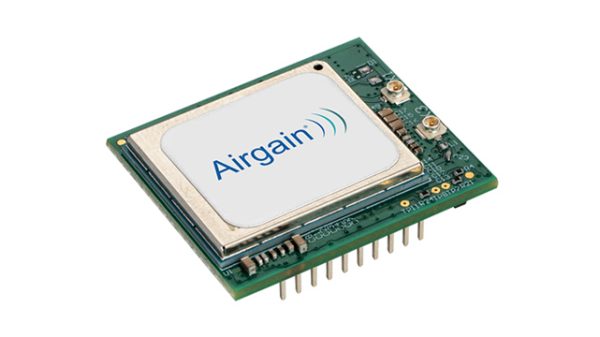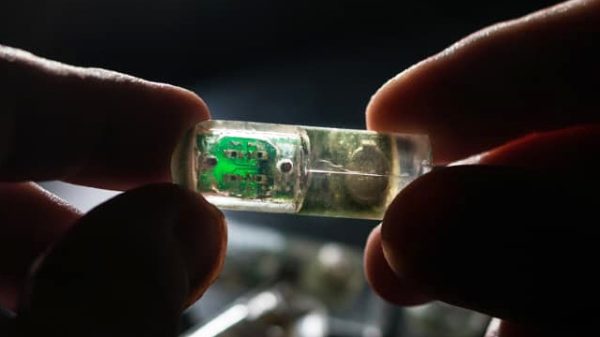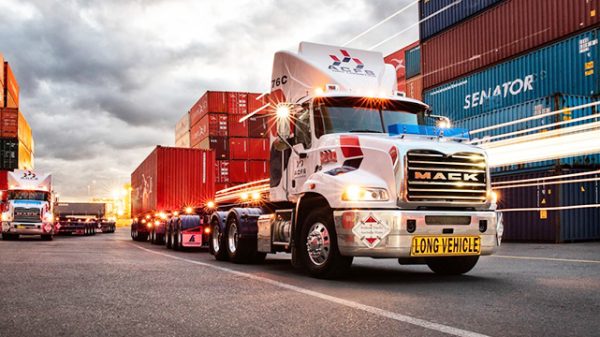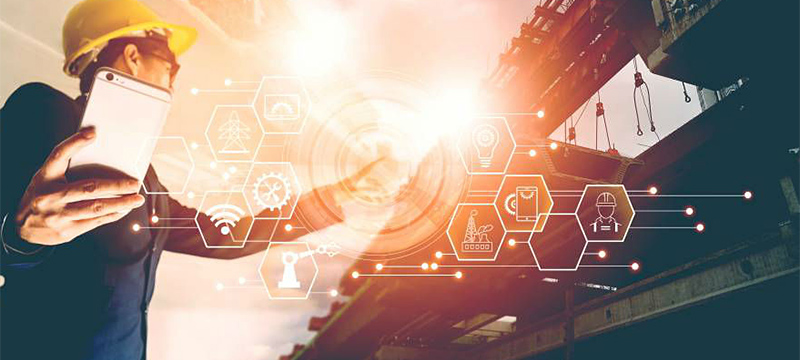The Lowdown on IoT and Why You Should Care
Internet of Things, or IoT, isn’t just your smart fridge ordering milk when you’re out or Alexa playing your favorite tunes. It’s turning into an industrial game-changer. Imagine a network of devices, all speaking to each other, exchanging data, making smart decisions, and literally building our world. Sounds like something straight out of a sci-fi flick, right? But hold your horses; this is happening in the here and now. And the construction industry, traditionally slow to adopt tech innovations, is jumping onto the IoT bandwagon. Why? Because it’s the smart thing to do (pun totally intended).
Bricks and Mortar, Meet Sensors and Data
So what’s the deal with IoT in construction software? Imagine a bulldozer that knows when it’s about to break down and books itself in for a service. Think of an inventory that knows exactly how much material is left and orders more just in time for the next phase of construction. Envision a construction manager getting alerts about potential safety hazards, before they cause actual harm. That’s not a dream; that’s IoT integrated with construction software, and it’s already changing the game.
Real-Time Monitoring Like You’ve Never Seen
We live in the age of instant gratification, and IoT delivers that in spades for construction. Sensors on everything from cranes to helmets feed data back to a centralized dashboard in real time. This isn’t just numbers and graphs; it’s actionable insights that you can use to prevent downtime, manage workflows, and seriously ramp up efficiency.
Inventory Magic
RFID tags and GPS tech aren’t new. But integrate them into an IoT framework, and you’ve got something that can track every nut, bolt, and piece of heavy machinery across your construction site. Theft? Not on IoT’s watch. Wasted materials? Say goodbye to that.
The Crystal Ball of Maintenance
Predictive maintenance is like having a crystal ball that tells you when things are about to go south so you can act before they do. IoT sensors monitor machinery conditions and trigger alerts for maintenance checks. It’s like your equipment says, “Hey, I’m feeling a bit under the weather, maybe it’s time for a check-up?”
Green Is the New Black
IoT isn’t just smart; it’s eco-smart. Energy-efficient practices are more easily adopted when you know exactly how much energy you’re using. Smart meters and monitoring systems can help construction sites reduce their carbon footprint while cutting costs. It’s a win-win.
The Awesome and the Annoying
Pros
Cost-Cutting: We’re talking about potentially huge savings here. Safety: An ounce of prevention is worth a pound of cure, especially when that cure could be avoiding workplace accidents. Quality Checks: Constant monitoring means you’re always aware of the quality of work. Time: Time equals money. The efficiency gains are substantial.Cons
Security Risks: More devices connected to the net equals more potential backdoors for cybercriminals. Upfront Investment: Gear and specialized software don’t come cheap. Tech Complexity: IoT is cool, but it’s also complex. You’ll need a team that can handle it.The Future Is Built, Not Born
IoT’s integration with construction software is more than a fad; it’s the blueprint for the future. The challenges? Sure, they exist. But the potential rewards in cost-saving, efficiency, and safety make this a no-brainer. So, whether you’re a developer, a builder, or just someone fascinated by how tech is changing traditional industries, keep your eyes on IoT in construction. The future isn’t just being written; it’s being built, one smart device at a time.
The post The Construction Industry Meets IoT: Why This is a Match Made in Silicon Heaven appeared first on IoT Business News.

























